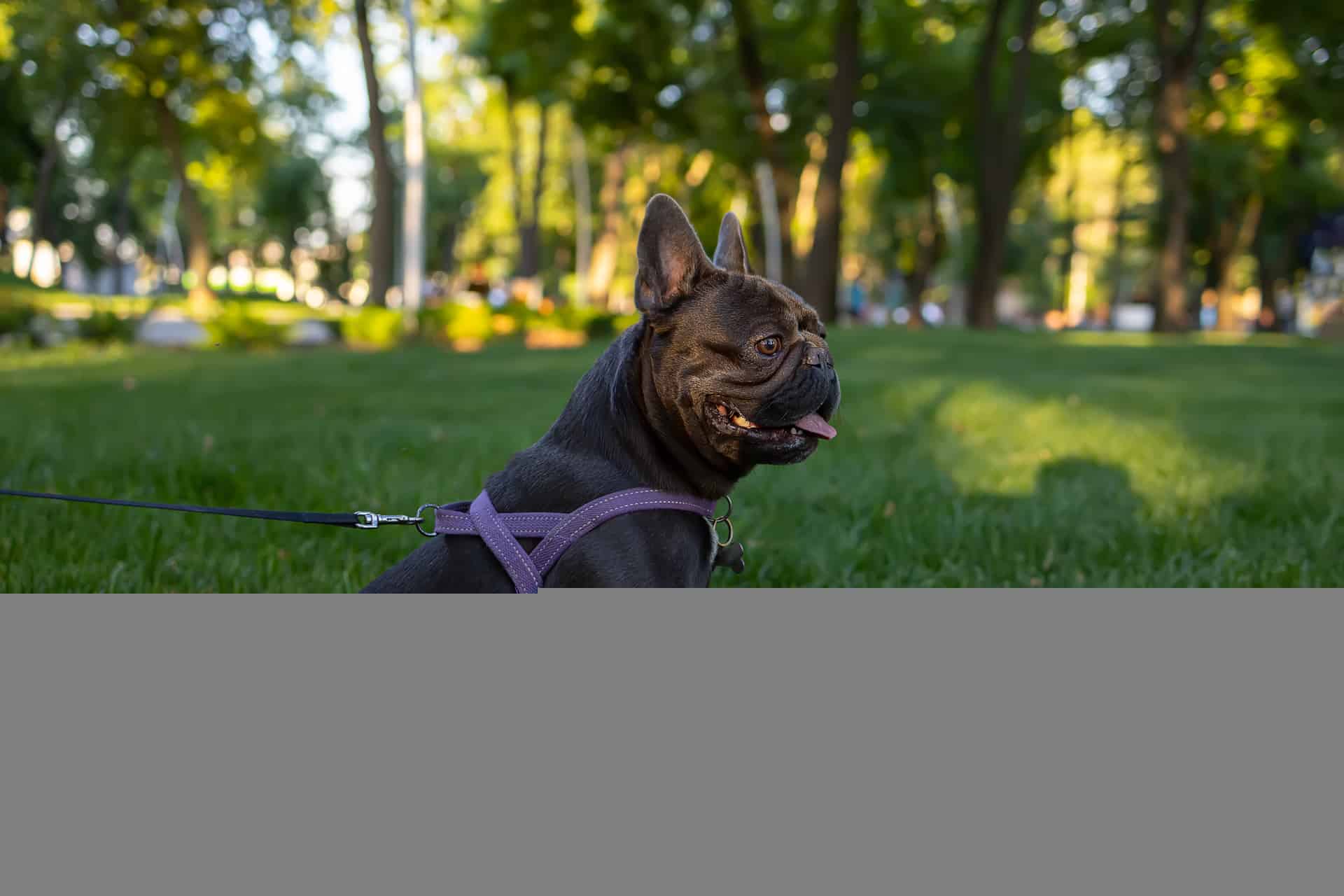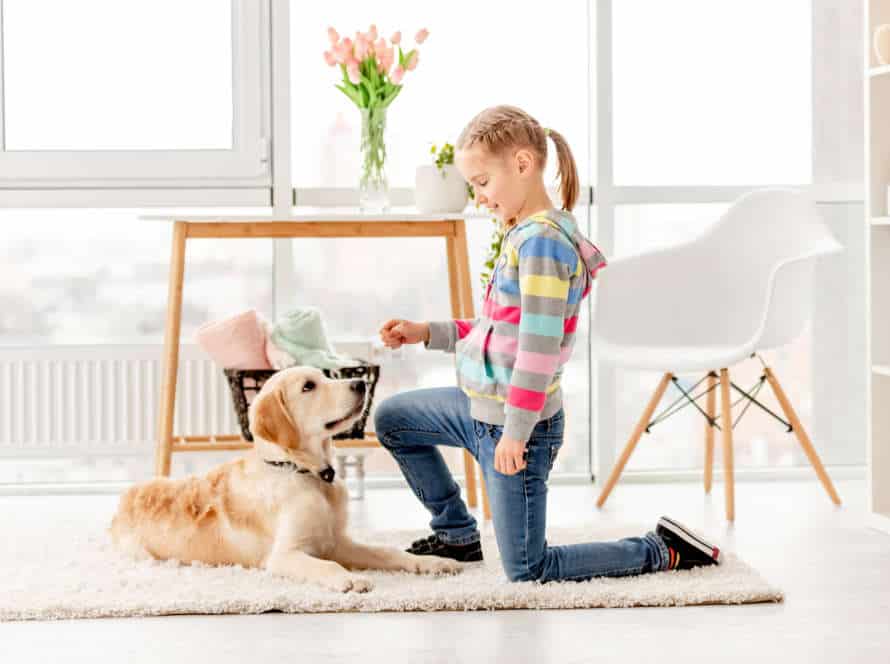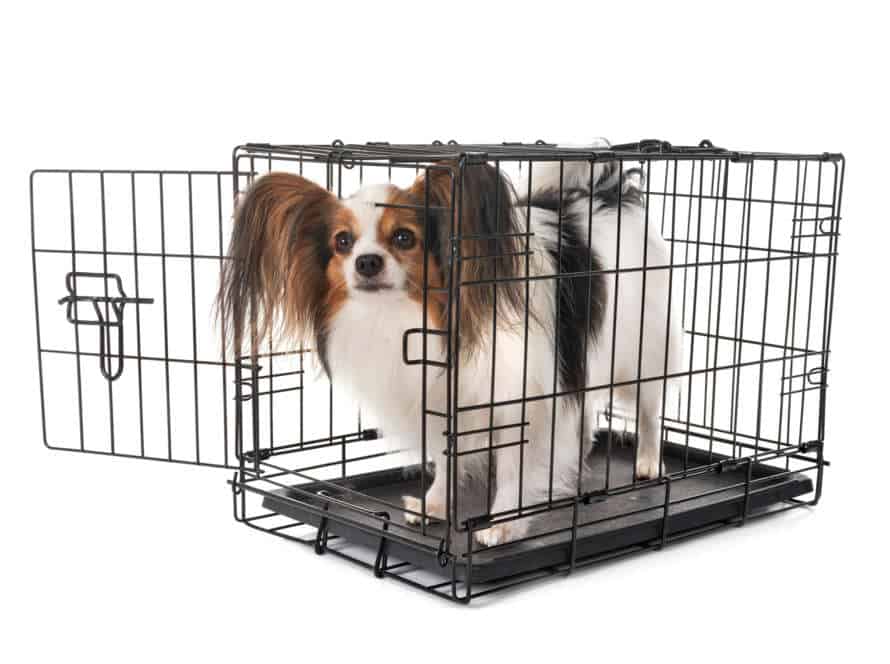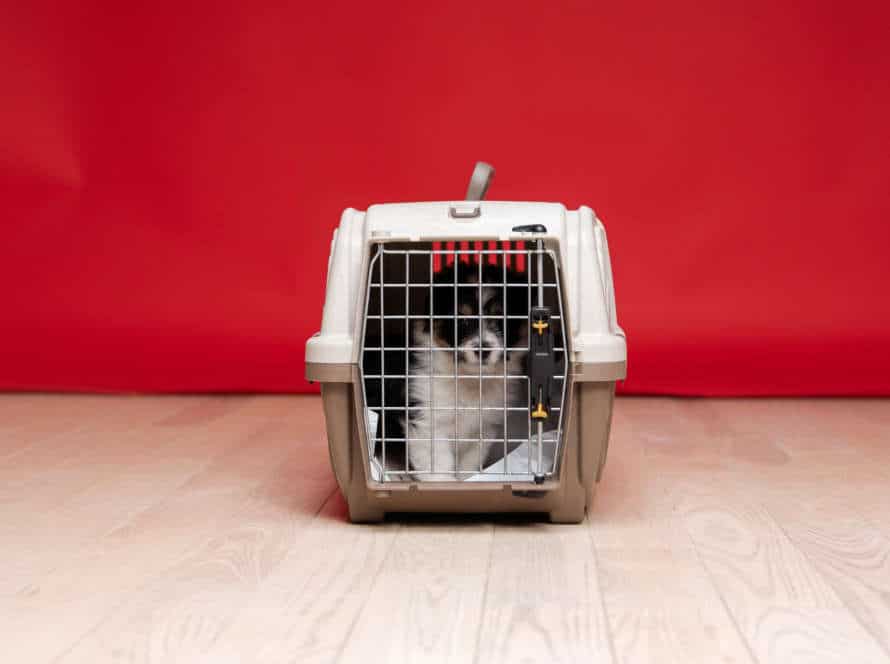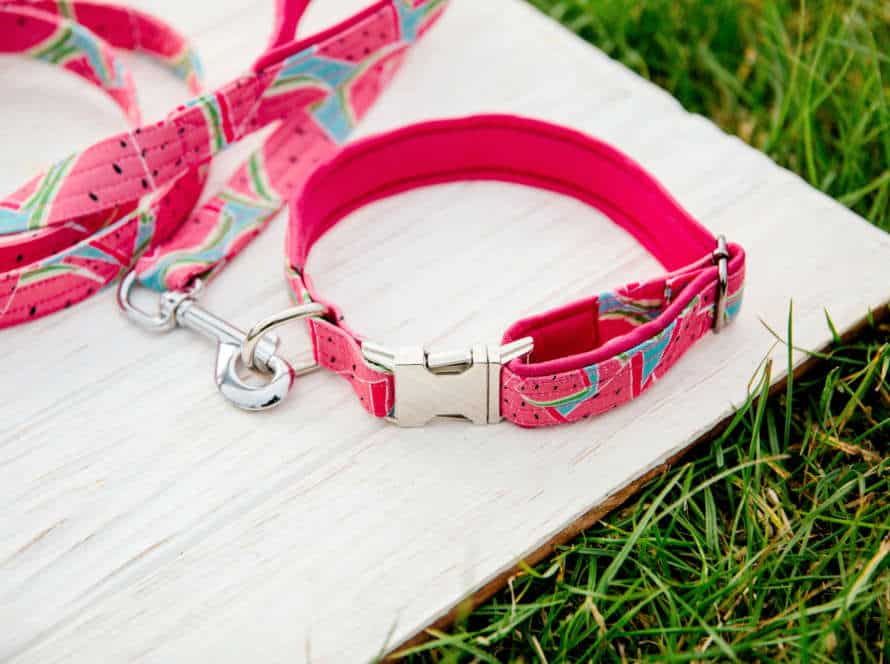Using the Sit Command to Prevent Unwanted Behaviors
The “Sit” command can prevent undesired actions from your pup. Teach them this command to divert their attention away from such behaviors like barking, jumping and straying. Here’s how:
- Have a treat in your hand and your dog in front of you.
- Show the treat to the pup and move it towards their nose. As your dog follows the treat, move your hand up and back towards their tail.
- This will cause them to sit.
- Say “Sit” when they do and give them the treat.
- Repeat this until they learn the command.
- Once they understand it, use it to redirect unwanted behaviors.
Reward them with treats and praise for good behavior.
Benefits of Using the Sit Command
Training your pup with the Sit Command is great! It can give you powerful control and stop unwanted behaviors. Here’s why it’s so beneficial:
- It’s important for modifying pup behavior.
- It gives you control.
- It stops bad behaviors.
So, get your pup learning the Sit Command now!
Making it a Basic Command for Dogs
The “sit” command is essential for dogs. It can help in many ways. It prevents bad behaviour, provides control and strengthens the bond between dog and owner.
To teach the command, hold a treat above the dog’s head. Move it back. This will guide the dog into sitting. Say “sit” then give the treat.
Repeat this and use positive reinforcement like treats or praise to speed up the learning process.
Establishing Discipline and Control
“Sit” is a great way to create control and discipline for your pup. It has many advantages:
- No more leaping, rushing, or running away. Ask your pup to sit before you open the door or cross the road.
- You’ll be the pack leader. Your pup will know who is in charge.
- Your pup’s focus will improve. Practice the “sit” command regularly, and your pup will learn other commands and tricks faster.
Be sure to use a clear, firm voice. Treats or praise can be given to encourage good behavior. Stick to your commands and you’ll soon have a disciplined pup!
Building the Relationship Between Dog and Owner
The Sit Command is an essential tool for building a strong bond between pet and owner. It can also stop bad behaviors and promote good ones. Here are some advantages of using Sit:
- Builds Trust and Respect: Teaching puppies the Sit Command is key in developing trust and respect.
- Helps with Training and Controlling Behavior: Sitting is a great basis for other commands and aids in managing their behavior around others or in new situations.
- Stops Unwanted Behaviors: Employing the Sit Command can stop dogs from jumping, begging, or running out of doors or gates.
- Encourages Good Behaviors: Learning the Sit Command teaches dogs control and patience, which can lead to improved behavior.
It is vital to use the Sit Command regularly to create trust, train, and control your pet’s behavior. It is an excellent way to prevent bad actions and support good ones.
How to Teach the Sit Command
Teach your pup the “sit” command! It’s a great tool for managing bad behaviors and teaching discipline. There are various ways of doing it – some more successful than others. Here, we’ll work through the steps to train your furry friend and emphasize how consistency is key!
Proper Etiquette While Training
Proper etiquette when training Fido is essential. It not only helps him learn, but also strengthens your bond. Here are some tips:
- Stay positive and patient.
- Use treats or rewards to motivate and reward good behavior.
- Be consistent with commands and expectations.
- Avoid physical punishment or shouting, as it can damage the trust.
- Practice the “sit” command in various places to reinforce generalization.
Using the “sit” command consistently can prevent unwanted actions like begging and running away. Remember your pup wants to learn and please you, so training should be a fun experience.
Preparing Training Treats
Training treats are a great way to teach your pup commands like “sit“. Here’s how to make them and use the sit command to control bad behavior.
- Mix together 1/2 cup of natural peanut butter, 1/4 cup of unsweetened applesauce and 1 cup of whole wheat flour.
- Roll the mixture into small balls and place them on a cookie sheet.
- Bake for 15 minutes at 350F.
- Once cooled, store in an airtight container.
To stop unwanted behaviour, use the “sit” command when your pup is overly excited. For example, if they jump up on people, give a firm “sit” command and reward with a treat when they obey. Repeat consistently to train them to follow the “sit” command and prevent bad behavior.
Step-by-Step Demonstration and Techniques
Teaching your pup the ‘sit’ command is a must for curbing bad behaviors and having a great relationship with your furry companion. Here’s a guide to help you:
- Grab some small, soft treats and get close to your pup.
- Hold the treat near its nose and move it up. As your pup follows the treat, its bottom should lower.
- Once it’s in a sitting position, say “sit” and give the treat.
- Do this multiple times, using fewer treats and relying more on the “sit” command.
The ‘sit’ command also helps to prevent unwanted behaviors such as jumping on people and begging for food. When your pup starts to do these things, just tell it to ‘sit’ and reward it with praise or a treat when it listens. Pro tip: Positive reinforcement and consistency are essential for teaching the ‘sit’ command and stopping unwanted behaviors.
Teaching Sit Command for Different Purposes
The sit command is a must-have for any dog owner! It’s great for controlling your pup’s behavior in multiple settings – like walks, when people come over, and during mealtime. Teaching your pup how to sit properly will help him understand his boundaries and give you more control. Let’s look into the different ways you can use the sit command!
Basic Obedience Sit Command
Teaching ‘Sit’ to your dog is essential. It helps create a healthy relationship and can prevent unwanted behaviors. Here’s how to do it:
- Hold a treat near their nose.
- Lift it above their head.
- Their butt will go down.
- Say “sit” and give them the treat.
- Do this several times a day, in different locations and without treats.
The Sit Command prevents jumping, eating, biting, and aggressive behavior.
Pro Tip: Have fun and be positive. Avoid harsh punishment or physical correction, it can cause more issues.
Using Sit Command to Discourage Jumping
Training your pup the “sit” command is essential for obedience training. It can be used for many things, like stopping unwanted behaviors like jumping. Here’s how:
- Hold a treat near your dog’s nose. As you move your hand up, their head follows the treat and their butt lowers to the ground.
- Once their butt is on the floor, say “sit” and give them the treat.
- Do this several times to teach your pup the link between the “sit” command and sitting down.
- When they try to jump, give the “sit” command and treat them for following it.
- Do this consistently and they’ll learn to sit instead of jump when greeting people or wanting attention.
Tip: Being consistent and practicing the “sit” command in different scenarios is key to reinforce the behavior.
Using Sit Command to Stop Destructive Behaviors
Teaching your pet the “sit” command can help stop bad behavior. Here’s how:
- Identify a behavior you don’t like, e.g. chewing furniture or jumping on guests.
- When you see it, firmly say “sit” and use a treat or toy to get them to sit.
- Praise them and give them a treat or toy as a reward.
- Keep doing this until they respond reliably. Then, use treats/toys less often.
Common Mistakes While Training Sit Command
Dog owners who wish to prevent bad behaviours in their pup must train the ‘sit’ command. However, many make mistakes during this process, leading to frustration. To succeed, one must understand and avoid these errors. Here are the most common ones and how to stop them:
Inconsistent Training
Inconsistent training is a big mistake when teaching your pup commands. Especially the Sit command, which can help avoid bad behavior. Here are a few tips:
- Use a consistent command like “Sit” or “Stay”.
- Use treats or compliments to reward your pup.
- Practice in different settings, so your pup knows the command in any situation.
- Don’t punish or yell, it could confuse or scare your pup and make them dislike the command.
By following these tips, you will be able to train your pet and stop bad behaviors with the Sit command.
Using Negative Reinforcement
Negative reinforcement when training the ‘sit’ command can lead to bad behavior and hurt your pet’s health.
Common mistakes made while teaching your pet to sit are:
- Forcing them to sit, which can be scary or harmful.
- Giving treats before mastering the command, which can cause excessive and demanding behavior.
- Repeating the command or using multiple cues, resulting in confusion for your pet.
Rather than negative reinforcement, use positive reinforcement.
Reward good behavior with treats or praise to encourage your pet. Be patient and consistent with training. Avoid punishment or force, which can create fear and anxiety in your pet.
Lack of Patience and Attention
Rushing or not paying attention can cause mistakes while teaching your dog to sit and using the command to prevent bad behavior. Dogs get confused and frustrated if rushed. Here are some tips to avoid errors:
- Don’t rush. Training needs time and patience.
- Keep the sessions short. A few minutes each day, instead of a long one, helps your dog stay focused.
- Reward good behavior. Give treats and praise when they do the sit command correctly.
- Learn one command at a time. This prevents confusion.
The sit command is useful for managing bad behavior. With patience and focus, you can train your dog to sit and make them better behaved.
Advanced Techniques and Tips for Sit Training
Teach your pup Sit! It’s a great command and helps with unwanted behaviour. To get the best results, start with the basics. Then, try out some advanced techniques. Here are the top methods to help your dog excel with the Sit command:
- Positive reinforcement: Reward your dog with treats when they sit correctly.
- Consistency: Use the same verbal and hand signals each time you give the command.
- Timing: Give the reward immediately after your dog sits to reinforce the behaviour.
- Distraction training: Practice in different environments with different distractions to build your dog’s focus.
- Duration training: Gradually increase the amount of time your dog remains in a sit before receiving the reward.
- Release command: Teach your dog a release command like “Okay” to signal when they can stand up from the sit position.
Using Sit Command in Public Areas
To stop unwanted behaviour in dogs, using the ‘sit‘ command in public is effective. Here’s how to train it:
- Start in a quiet, low-distraction area.
- Reward with treats or praise when your pup sits.
- Gradually add more distractions, then reward when your pup follows the command.
- Use verbal and visual cues together to reinforce ‘sit‘.
- Be patient and consistent with your pup.
- Keep training sessions short and fun.
- Remember to regularly reinforce the ‘sit‘ command.
Implementing Sit Command into Your Dog’s Daily Routine
Teach your pup the Sit command – the essential tool for dog owners. Say the command firmly and push their hindquarters down at the same time – reward them when they obey.
Use Sit to stop unwanted behavior like jumping, rushing or door dashing. Say it each time they act out.
Use Sit when strangers or other dogs are around – to keep them calm and obedient.
To reinforce the Sit, increase the time and add distractions like toys, food or noise – ignore these and stay seated.
Be patient and consistent – your pup will learn to obey Sit and display better behavior.
Combining Sit Command with Other Commands
The “sit” command is key in dog training. It can be used with other commands to stop unwanted behaviors. Here are some advanced ideas:
- Sit-Stay: Teach your pup to sit and stay there until you say so. This stops them running off.
- Sit-Down: Teach them to sit and then lie down. This stops them from jumping on people.
- Sit-Wait: Teach them to sit and wait for permission to eat, enter a room or get out the car. This teaches patience and control.
- Sit-Leave it: Teach them to sit and leave food, toys, or anything desirable. This stops them eating hazards or stealing food!
By combining “sit” with other commands, you can have an obedient and happy canine.
Conclusion and Recommendations
Teach your pet the sit command! It’s a great way to train them and avoid bad behaviour. Use it often – this will help your pet learn self-control and how to communicate with you. Here are some tips to help your pet become well-behaved:
- Be consistent when using the sit command.
- Be patient and provide rewards for your pet’s good behaviour.
- Make sure your pet is aware of what the sit command means.
- Provide plenty of praise for your pet when they obey the command.
Summary of the Benefits and Importance of Using Sit Command
Sit command: an effective way to prevent unwanted behaviors in dogs! It has many benefits for both owner and pup – plus it’s easy to teach. Here are some of the advantages of Sit command:
- Stops jumping – dogs get excited to greet people, so training them to Sit stops this behavior and keeps everyone safe.
- Obedience – Sit is a basic obedience command and reinforces the owner’s leadership.
- Reduces stress – Sit command can help dogs relax in tense situations, like meeting new people or going to the vet.
Overall, Sit command can help prevent unwanted behaviors, teach obedience, and reduce stress. Pro tip: use positive reinforcement like treats and praise to get your pup to respond properly.
Tips on Maintaining and Building on Sit Command
Train your pup with the sit command to keep good behavior and avoid unwanted ones. Here are some tips:
- Positive Reinforcement: Reward your pup with treats and kind words when they do the sit command right. This encourages them to keep doing it in the future.
- Increase Duration: Start with a few seconds and increase it slowly to a minute or more. This helps your pup focus and stick to the command.
- Introduce Distractions: Use toys, car movements, and people to test your pup’s response to the sit command. The aim is to make them follow it no matter what.
- Be Consistent: Be consistent with the command and rewards.
By practicing the sit command often and using these tips, you can build your pup’s obedience and stop unwanted behavior. Remember, the more you train, the better your pup will behave. Pro Tip: Patience, consistency, and fun are key to success.
Recommended Resources for Further Assistance
To make your pooch’s behavior better, use the “sit” command to stop bad habits. Here’re some resources to learn the “sit” command:
- YouTube offers lots of free videos to teach your dog.
- Udemy and Coursera have courses to show you ways to get your pup to sit.
- Local training schools provide professional trainers for in-person classes.
By using these resources and teaching your dog regularly, you can stop bad habits and build a better bond.
Pro tip: When teaching your dog to sit, use positive reinforcement like rewards. This helps your pup know the command brings good things and increases your success.
Frequently Asked Questions
1. How does using the sit command prevent unwanted behaviors?
Using the sit command provides a clear and simple cue for a dog to stop an unwanted behavior and refocus their attention on their owner. It interrupts the undesirable behavior and redirects the dog towards a more appropriate action, such as sitting calmly.
2. When should I use the sit command?
The sit command can be used in a variety of situations, such as when your dog is jumping on guests, trying to grab food off the counter, or pulling on the leash during a walk. Any time your dog begins to exhibit an unwanted behavior, you can use the sit command to redirect their attention and behavior.
3. How do I train my dog to respond to the sit command?
Start by holding a small treat above your dog’s nose and slowly move it back towards their ears. As their head comes up and their bottom goes down, say “Sit” and give them the treat. Repeat this several times until your dog starts to anticipate the command and sits without needing a treat as a reward. Gradually start phasing out the treats, and continue to practice the sit command in different situations.
4. What should I do if my dog doesn’t respond to the sit command?
If your dog is not responding to the sit command, it may be helpful to start with shorter training sessions and increase training time gradually. Make sure to use positive reinforcement and rewards to encourage your dog’s behavior. Additionally, seek advice from a professional trainer or behaviorist for additional guidance.
5. Can the sit command be used for all dogs?
Yes, the sit command can be used for all dogs, regardless of their age, breed, or size. However, it is important to modify the training based on each individual dog’s unique needs and learning abilities.
6. Can the sit command be used to address aggression or fear-based behaviors?
The sit command can be a helpful tool in managing aggression or fear-based behaviors in dogs, as it can help redirect their focus and calm them down. However, for more serious behavioral issues, it is recommended to seek guidance from a professional trainer or behaviorist.

